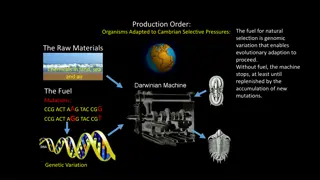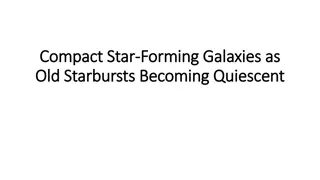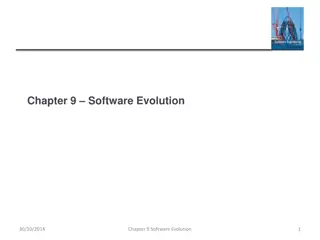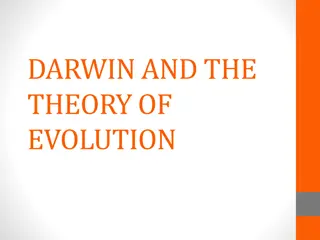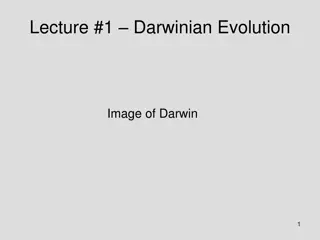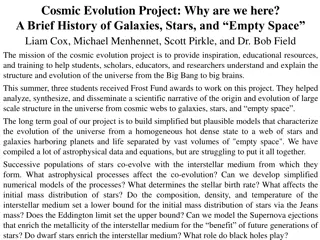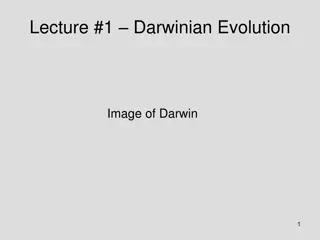
Eukarya and Cambrian Evolution
Uncover the fascinating journey of Eukarya from its origins billions of years ago to the Cambrian Explosion. Delve into key milestones such as the emergence of multi-cellular life and the evidence of oxygenation in Earth's history. Discover how different life forms evolved and adapted over time to shape the world as we know it today.
Download Presentation

Please find below an Image/Link to download the presentation.
The content on the website is provided AS IS for your information and personal use only. It may not be sold, licensed, or shared on other websites without obtaining consent from the author. If you encounter any issues during the download, it is possible that the publisher has removed the file from their server.
You are allowed to download the files provided on this website for personal or commercial use, subject to the condition that they are used lawfully. All files are the property of their respective owners.
The content on the website is provided AS IS for your information and personal use only. It may not be sold, licensed, or shared on other websites without obtaining consent from the author.
E N D
Presentation Transcript
The Eukarya GEO101 Spring 2023
Contents Recap of Key Dates Eukarya The Cambrian Explosion
Recap 4.55 billion years ago: Earth 4.3 billion years ago: oldest rocks Sporadic bombardment for 600 million years until 3.85 billion years ago Oldest sedimentary rocks: 3.8 billion years First fossil: 3.7 billion years ago Photosynthetic cyanobacteria: 2.7 billion years
Evidence for oxygen (redbeds): 2.2 billion years 540 million years ago present: Phanerozoic eon (O2and multi-cellular life)
The Eukarya Prokaryote (Bacteria and Archaea domain) vs. Eukaryote (Eukarya domain) Prokaryotes: small, single-celled, no nucleus Eukaryotes: larger, nucleus, most are single-celled All multi-celled are Eukaryotes. Some are photosynthetic, most need oxygen.
The Eukarya First Eukaryote? fossils: 2.1 billion years ago. Cholesterol produced by Eukarya: 2.7 billion years old rocks So, by 2.7 billion years ago, cyanobacteria and Eukarya coexisted. Eukarya would be only underwater then, as no O2 in atmosphere yet.
The Eukarya First multi-cellular life: Ediacaran fauna: 600 million years ago, so 2.1 billion years after first Eukarya (2.7 billion years ago). Multi-cellular organism: cellular differentiation
First multi-cellular life Ediacaran fauna live in shallow water: long, thin, flat bodies. [Dickinsonia: 12 long x 0.5 thick] absorb O2 through skin (like insects) Flattened shape helps. Grazed on undersea mats of bacteria
Cambrian Explosion Precambrian eon: until 540 million years ago 540 million years ago: rapid evolution Species with hard-shells (calcium carbonate, CaCO3) Some could dig below mats = increased nutrient recycling Precambrian Cambrian
Hallucinogenia [375 million years ago: first land vertebrate]
3 to 5 mass extinctions since Cambrian Explosion mass extinction = over 50% of existing genera lost. But new species can show up so the remaining number of genera could be more than 50%. causes: meteorites, volcanic activity, rapid climate changes.
Global biodiversity = # species old species + new species ( origination ) extinction = biodiversity (iii) Stable or unstable state?
(External forcing) Evolution Biodiversity Extinction





